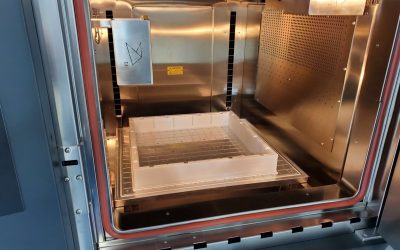
Marc Saunders Director of Group Strategic Development at Renishaw
Additive manufacturing (AM) is known for providing design freedom that can be used to create innovative, efficient component designs, produced without tooling.
.
But tearing up the design rulebook in this way may not be the most disruptive thing about AM – materials may matter just as much as geometry. Laser powder-bed fusion (LPBF) processes familiar materials in an unfamiliar way, producing a unique microstructure that results in new material properties. New alloy formulations and optimised heat treatments can extract even more extreme properties.
.
Designers that use these ‘super materials’ can exploit a virtuous circle to make stronger, lighter and cheaper AM components, with a superior business case and a corresponding competitive advantage.
.
This article looks at how LPBF can produce ‘super materials’ with properties that are distinct from conventional alloys, and how this will disrupt product markets. AM has been constrained by process economics In conventional manufacturing, we are […]





0 Comments